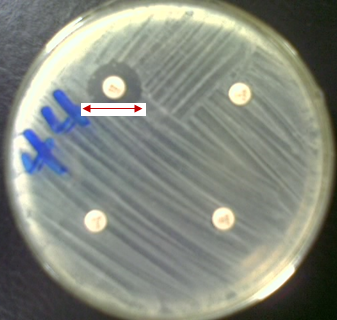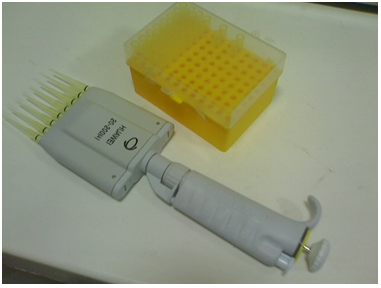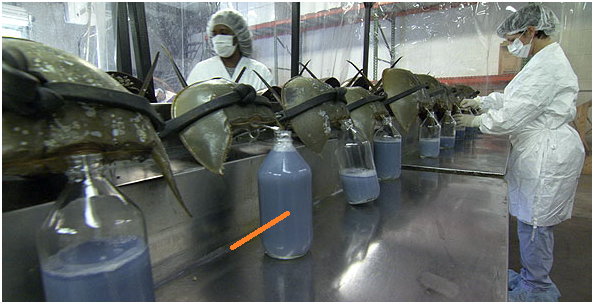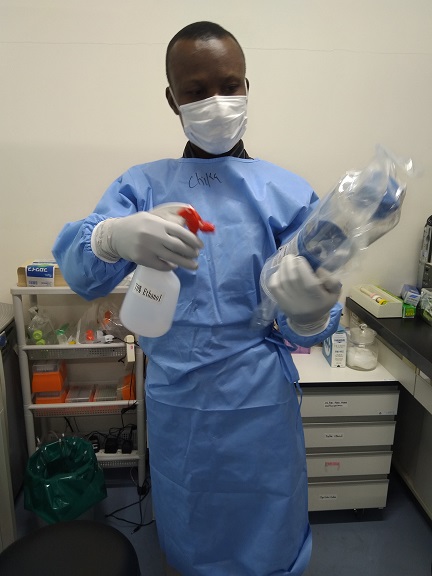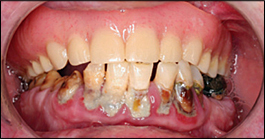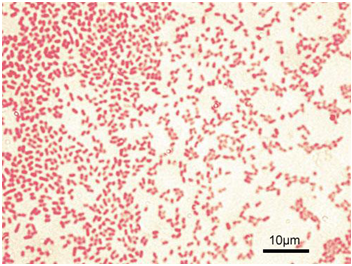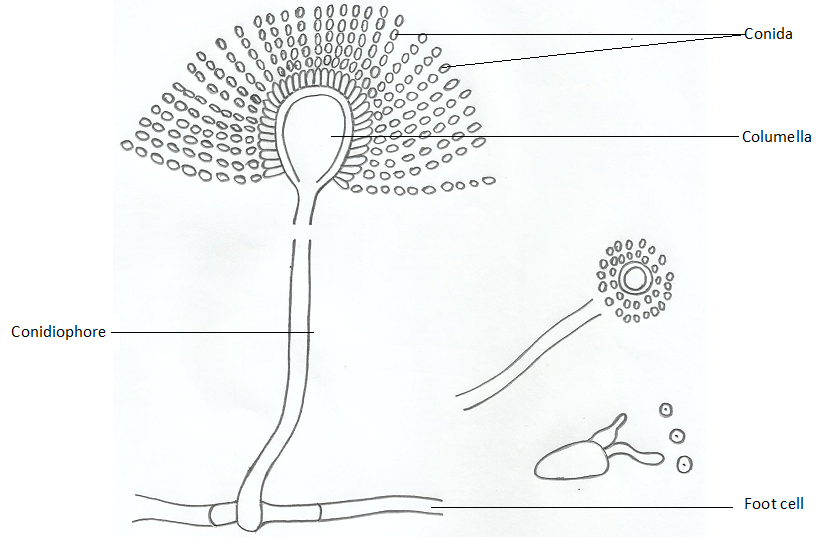ANTIBIOTIC RESISTANCE
Antibiotic resistance is a phenomenon that occurs when bacteria are not killed or inhibited by usually achievable systemic concentration of an antibiotic (drug) with normal dosage schedule and/or fall in the minimum inhibitory concentration ranges of the drug in question. It occurs when bacteria change in some way that reduces or eliminates the effectiveness of […]
ANTIBIOTIC RESISTANCE Read More »
Antibiotic Resistance / Antimicrobial Resistance (AMR)
